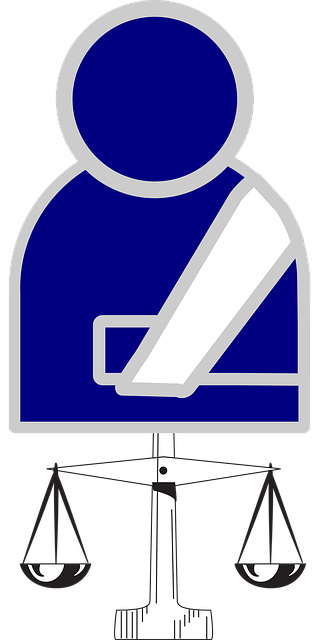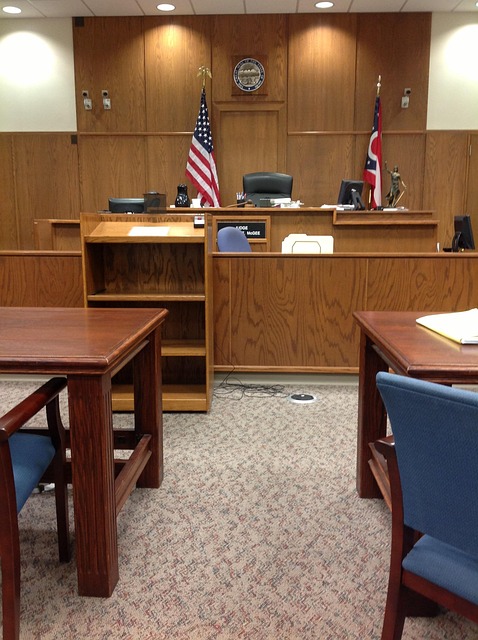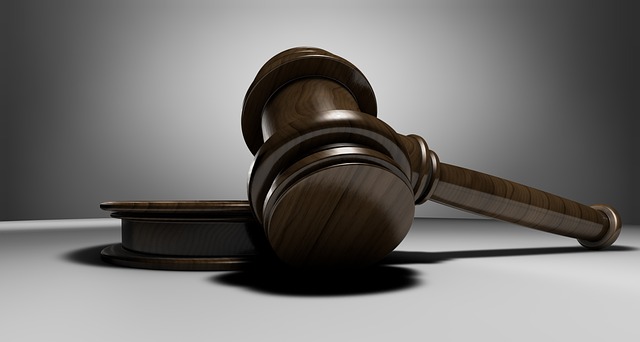Injury arbitration offers a swift, cost-efficient alternative to litigation for resolving personal injury cases. This process involves a neutral third party (arbitrator) who listens to both sides and makes a binding decision tailored to the case's unique needs. Popular for its efficiency, arbitration allows creative solutions and flexible approaches compared to court proceedings. An experienced lawyer guides clients through gathering information, selecting arbitrators, presenting evidence, and understanding potential fiduciary duty breaches. The goal is a fair, efficient, and cost-effective resolution with thorough preparation. While swift and private, arbitration decisions are final and binding, without appeal options in most areas, and fees might surpass court costs.
“Unsure about how to navigate the personal injury arbitration process? This comprehensive guide is designed to empower you. We’ll walk you through understanding the basics of injury arbitration, providing a step-by-step approach to initiating the process efficiently. Additionally, we’ll explore the benefits and considerations unique to personal injury cases. By the end, you’ll be equipped with the knowledge to make informed decisions regarding your claim.”
- Understanding Personal Injury Arbitration: The Basics
- Step-by-Step Guide to Initiating the Process
- Benefits and Considerations for Personal Injury Cases
Understanding Personal Injury Arbitration: The Basics

Personal Injury Arbitration is an alternative dispute resolution process that offers a faster, more cost-effective way to resolve injury cases compared to traditional litigation. It involves a neutral third party, known as an arbitrator, who listens to both sides and makes a binding decision to settle the claim. This method of resolving personal injury disputes has gained popularity due to its efficiency and flexibility. Unlike court proceedings, arbitration typically allows for more creative solutions and can be tailored to the specific needs of each case.
Whether it’s a simple slip and fall accident or a complex truck accident involving significant auto accident injuries, arbitration provides a structured yet informal setting for both parties to present their cases. A truck accident lawyer or personal injury attorney will guide clients through this process, ensuring they understand their rights and options. The arbitrator assesses the evidence, considers arguments from both sides, and then renders a decision, which is usually final and binding, helping to expedite the overall resolution of the injury claim.
Step-by-Step Guide to Initiating the Process

Initiating the personal injury arbitration process involves several key steps that must be followed diligently to ensure a fair and efficient resolution. First, it’s crucial to gather all relevant information and documentation related to your case, including medical records, police reports, witness statements, and any evidence supporting your claim. This thorough preparation is essential for presenting a strong case during the arbitration hearing.
Next, you’ll need to select an accredited arbitrator or arbitration organization that specializes in personal injury cases. These professionals are neutral third parties who manage the arbitration process impartially. Once chosen, you and the opposing party will exchange initial claims and responses, detailing your respective positions and arguments. From there, the arbitrator will schedule a hearing where both sides present their evidence and legal arguments. It’s important to remember that, unlike court proceedings, arbitrations are typically more flexible, allowing for faster resolutions and potentially lower costs. Throughout this process, it’s vital to understand the other party’s fiduciary duty breaches or any defects in products or contracts that may have contributed to your injury, as these factors could significantly impact the outcome of your arbitration.
Benefits and Considerations for Personal Injury Cases

Personal injury arbitration offers a unique set of benefits for parties involved in such cases. One of its key advantages is speed; it provides a swift resolution compared to traditional litigation, which can significantly reduce legal costs and time spent on court proceedings. This method also promotes privacy, as the details of the case are handled outside the public domain, unlike court hearings. Moreover, arbitration allows for more flexibility in choosing the arbitrator, offering a potential advantage in terms of expertise and procedural control. It’s particularly beneficial when dealing with complex medical issues or where the parties have existing relationships, such as employers and employees.
While effective, personal injury arbitration should be carefully considered. Unlike court cases, the decisions made are final and binding, without the option for appeal in most jurisdictions. This finality ensures a clear resolution but may not always be favorable for all claimants. Additionally, arbitration fees can sometimes be higher than court costs due to the private nature of the process, which might be a significant factor when dealing with insurance disputes or cases involving limited financial resources.
Personal injury arbitration offers a streamlined, cost-effective alternative to traditional litigation. By understanding the process and its benefits, individuals can make informed decisions regarding their case. Following the step-by-step guide provided, along with considering both advantages and potential drawbacks, empowers individuals to navigate this avenue effectively. Injury arbitration can be a game-changer for those seeking resolution, ensuring a swift and confidential resolution without the extensive court proceedings.






